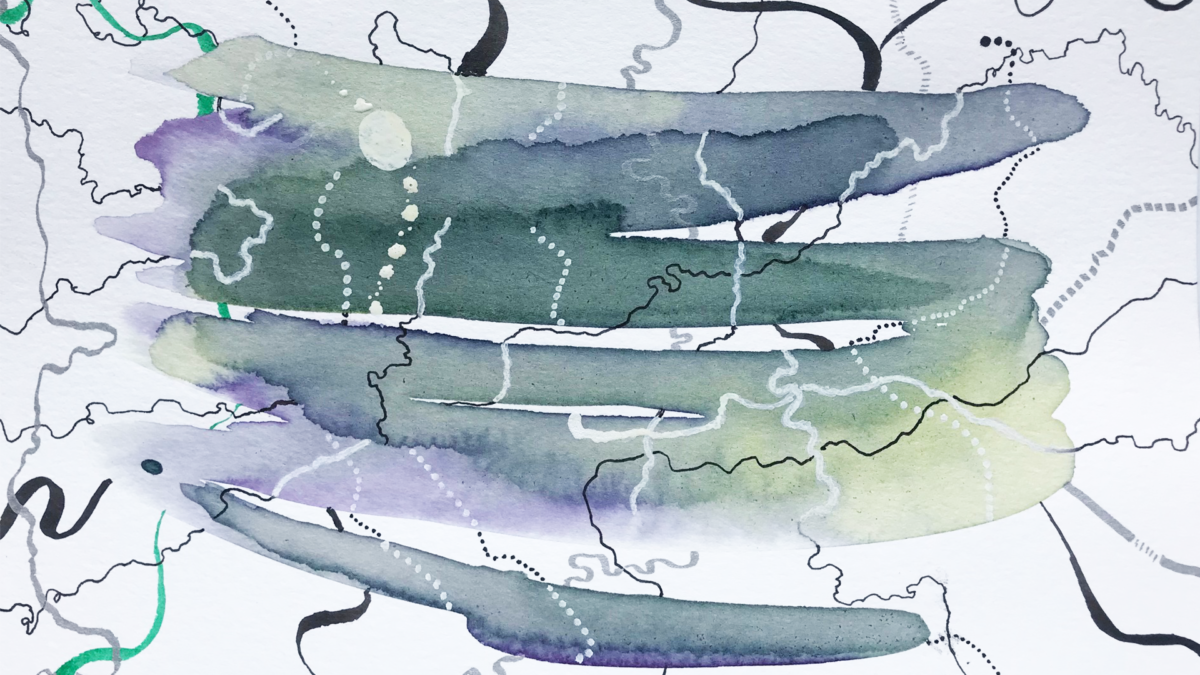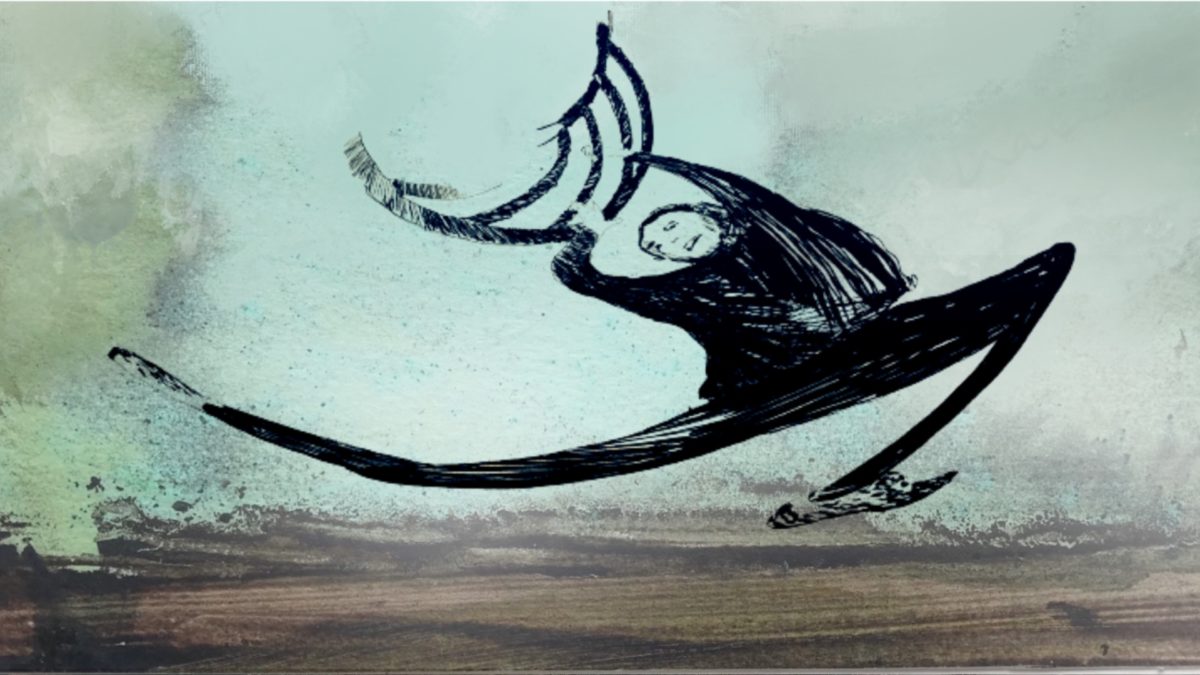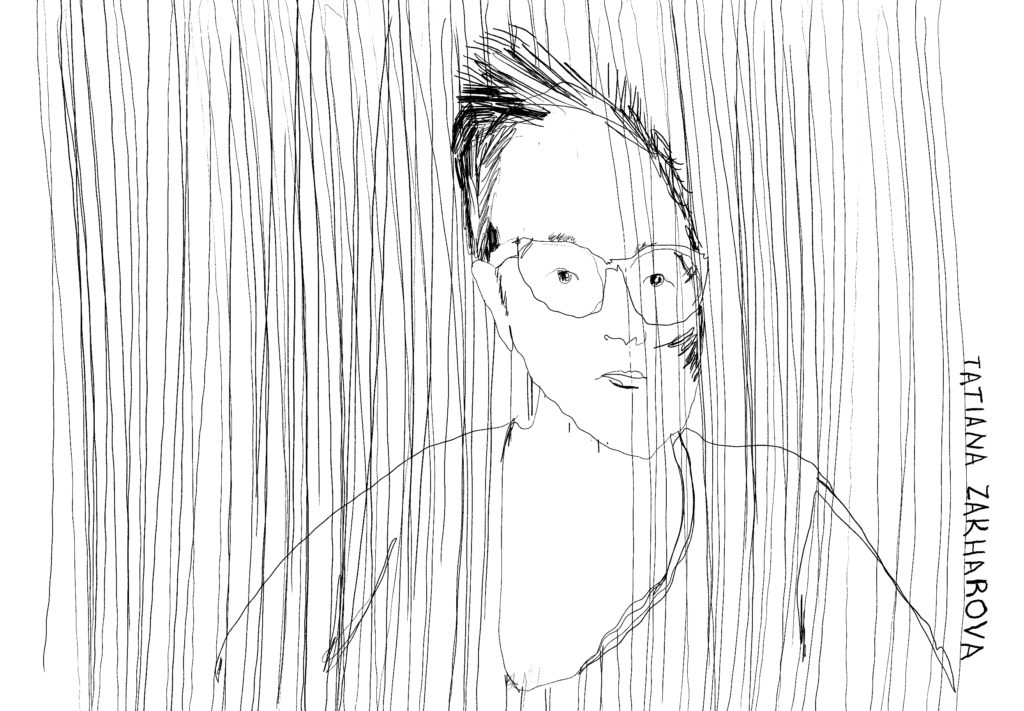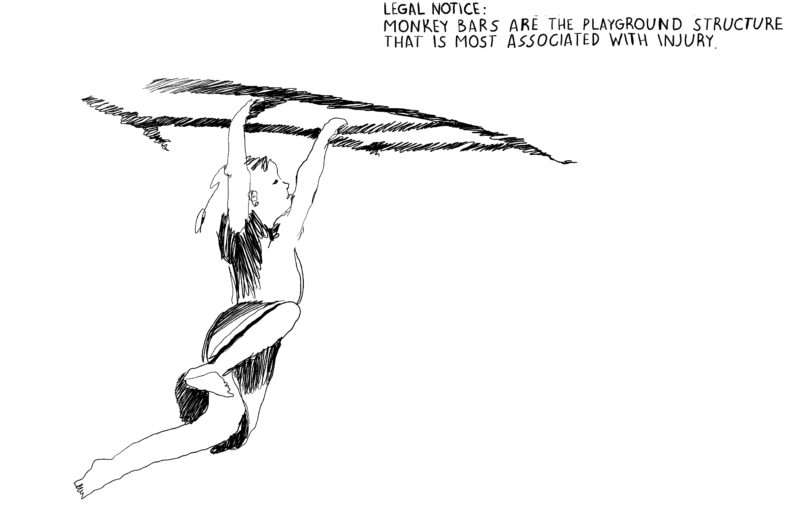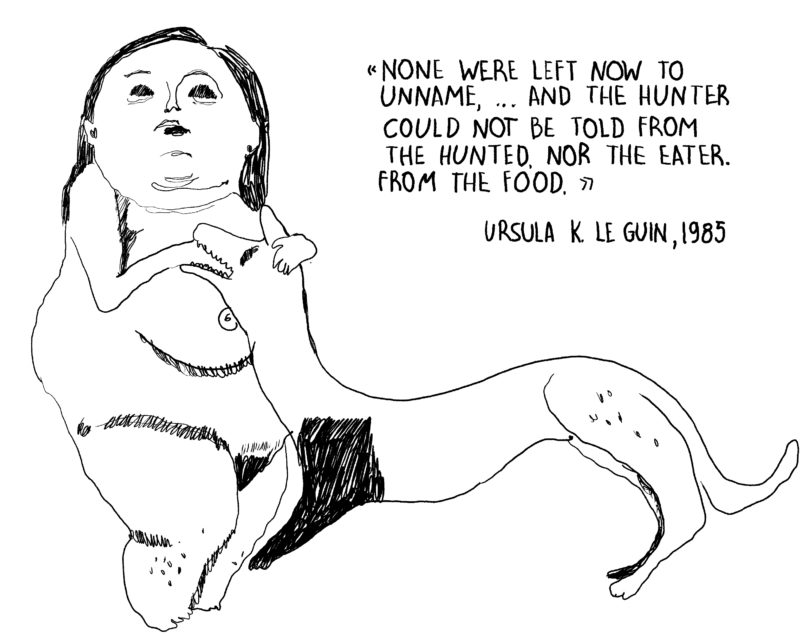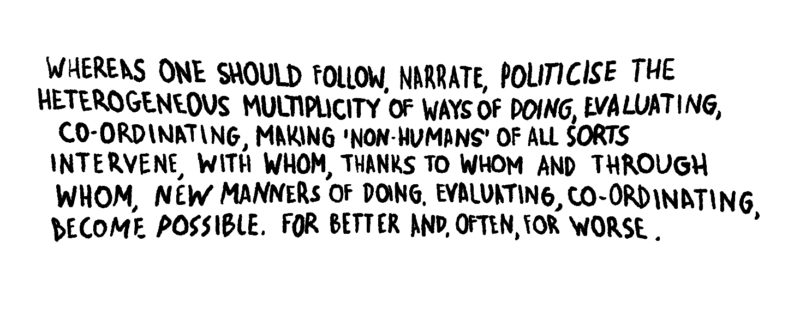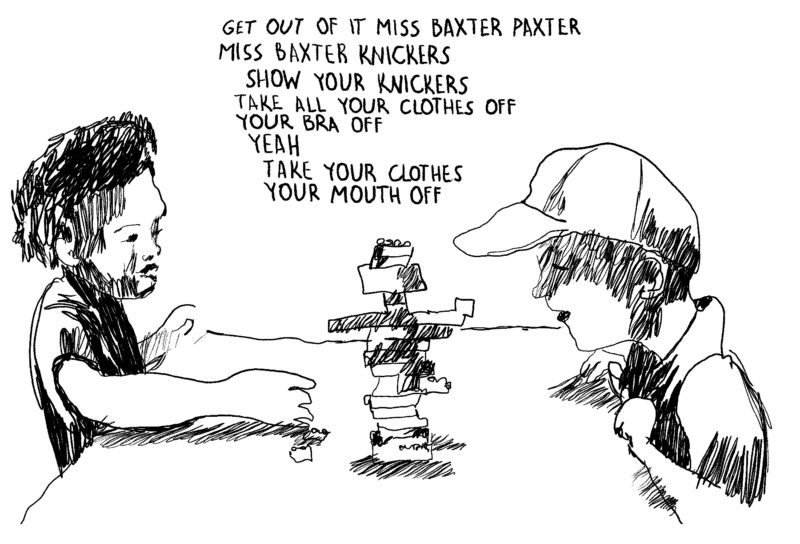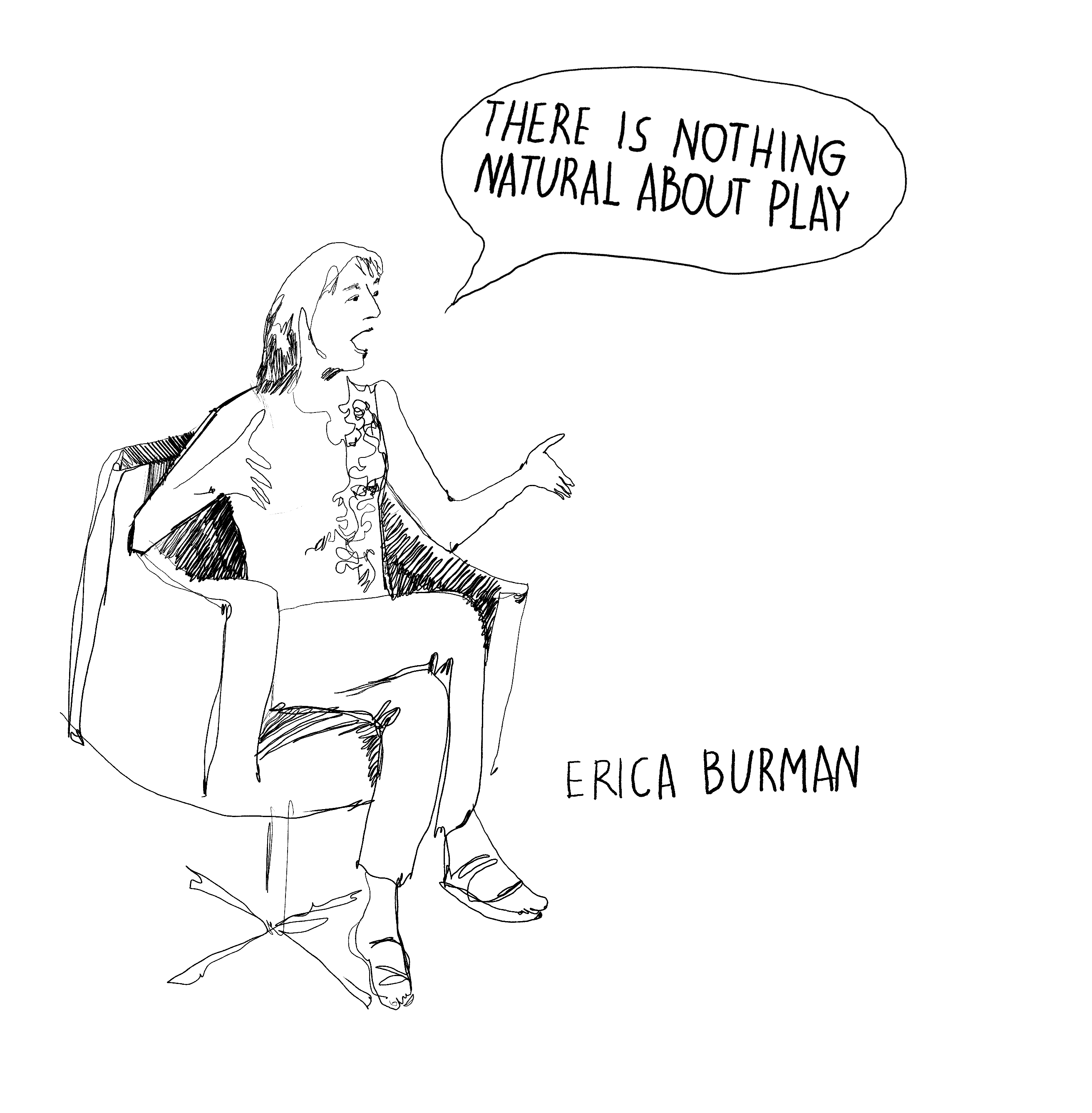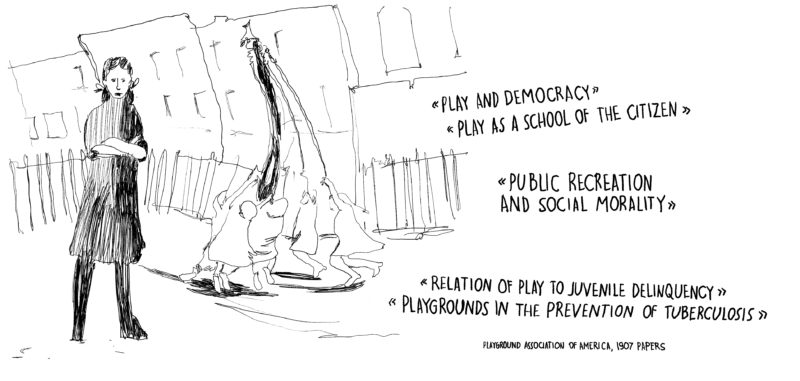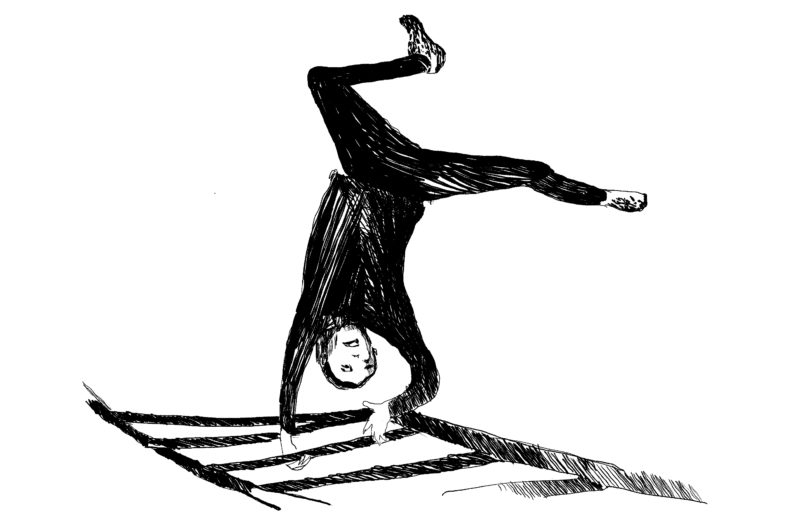When a pedagogist, who has inherited situated stories from education, encounters the concept of journaling, particular thoughts might emerge as to what this practice is allowed to be in the company of developmentalism and neoliberalism as dominant discourses. Journaling might be known as a mode of nurturing a familiar culture where learners begin to reflect and write in companionship with decorous and ameliorating logics as a means to become successful neoliberal subjects who are fluent in society’s language of capitalism. Journaling might also be known as a dwelling to conceal one’s inner, most personal thoughts that tell the story of this writing practice as a mere means to work through feelings and document gratifying experiences with hopes to increase neoliberal happiness. As a pedagogist writing this essay, I wonder if I can set in motion an unknown, yet hopeful trajectory for journaling to become something else, a vibrant place to respond and move in rhythm with contextual, curricular encounters alongside educators within the space between what should be private and what could be public?
As a pedagogist, my journaling practices have evolved in response to encounters and exposures over the years. For me, journaling has become a process of creating micro-documentation pieces each day (Delgado Vintimillia & Pacini-Ketchabaw, 2021) that work with the particular concepts that I encounter in my work. I cling to this daily pedagogical practice as I experience tension when neoliberal temporality seeks to tell me a story about how journaling is too challenging to commit to in response to a world that values logics of productivity and easiness. I respond to this tension by thinking about journaling as an alternative practice that creates pedagogical space to reveal other alternatives that complicates the taken-for-granted in our collective lives within early childhood spaces.
Within this essay, I propose the possibility of thinking about journaling as a choreographic practice. To think about journaling alongside choreography, I offer the concept, correspondence as a triplet: co-respond-(da)nce, to think about the intimate and collective encounters that can unfold in response to a conceptual journal. Co as noticing the Other and thinking alongside a collective presence. Respond as taking up particular encounters with hospitality and intentions to dwell with the almost or what could be. (Da)nce as moving in rhythm with what is encountered by complicating its existence and responding to tensions to set particular curricular trajectories in motion while being in relation with the present. I also invite us to dwell with the concept of choreography as a means to begin a conversation as to how journaling can become something different. The word, choreography, comes from the Greek words: khoreia meaning “dance” and graphein meaning “to write” (Online Etymology Dictionary, 2021). In the ensuing thought provocations that I come to as a pedagogist who thinks alongside early childhood educators, I attempt to create space for us—educators, pedagogists and scholars who choose to come into companionship with this archival process —to encounter the beauty and tensions that can come from taking up journaling as a choreographic practice.
To begin this conversation, I want to acknowledge that I take up the process of journaling as a political venture. I am not called to take up particular concepts because they simply resonate with me and provide space to entertain those who read my offerings. Rather, I am called to take up these concepts because they address something in response to my pedagogical orientations which situate my gaze to attend to particular noticings. According to Manning (2009), “concepts are events in the making. An event in the making is a thought on the cusp of articulation—a prearticulated thought in motion” (p. 5). I take up concepts in my work not to achieve a dominance of understanding, but to grapple with what is potentially living within the pedagogical unfolding and its unrecognizable existence as it comes forth. Therefore, concepts are not responded to out of familiarity, but when I notice a tugging, a potential shift or a flickering of an alternative life that responds to the multiplicities of temporality and creates space to interrogate what is allowed to exist within the realm of normality, so that otherness can not only be imagined as an alternative, but also a possible, worthwhile reality. Journaling then becomes a nourishing place to reciprocally encounter and complicate what is seen, heard, or felt in curricular processes. These processes live within being and moving; being in relation with botherings and hopes for livable futures and moving when there are openings to enact ethico-pedagogical micro-movements. Journaling becomes an act of resistance in the presence of developmental and neoliberal narratives because of its archival capacity to hold onto and remember alternative stories that make it possible to imagine different ways of thinking and living.
Journaling also becomes an act of invention that has the potential to incite curricular processes where ways of living otherwise are coaxed beyond the cusp of existence and perceptibility; an otherwise that creates space to think about fluid identities while dismantling fixed perceptions of who the Human is allowed to be and what it means to live a life well. Taking up journaling as an act of resistance asks us to hear unfolding conversations between encountered moments and our pedagogical orientations. Are these moments seeking to fracture and erase our situated commitments? If yes, we come into relation with tension as we wrestle within this space of the in between. It is in this dwelling that inventive movement is conceived by this union. This inventive movement does not necessarily work with elimination of such discourses, but rather creates space to insert inventive disruptions that have the capacity to tear apart threads of dominance in collective life.
After a particular concept creates a pedagogical marking on my existence as a pedagogist and collective work with educators, I begin to thoughtfully choreograph an arrangement that entices the concept to continue to become. This choreography is not a blueprint of future dance steps or what is known, but rather a labouring process as I think with what is unknown, sometimes through the process of un(knowing). Manning (2009) invites us to think about how
the appearance of choreography signals a reaction to a movement that seems to have been known in advance. Yet nothing here is known in advance. What moves is a feeling more than a direction. The feeling can be harnessed into a repetition—a choreography of sorts. But what emerges in the first instance is an openness toward moving, a movement moving. (p. 14)
My desire to activate, disrupt, and implicate is what moves me within the conceptual movement. This desire for movement creates conditions for ruptures in my thinking to unfold as the dance with educators is about to begin.
In the process of pedagogically perspiring to nurture my pedagogical gaze, I am gifted with several conceptual journals to share with educators, at the end of each week. From here, I grapple with making a pedagogical decision as to what journals to offer. What compositions work with the tensions and uncertainties of the educators? What composition is most significant and capable of enacting a shift? I take up our centre’s in-the-making collective orientations to guide me in making the decision as to what arrangement(s) to gift back to educators that work with co, respond and (da)nce in a more complicated way.
Sharing a particular conceptual composition creates conditions for educators to implicate the choreography with the concept. As an opening for the concept to be put into conversation with other concepts and encounters that are pedagogically potent to educators emerges, I attempt to situate the myriad of contextual connections and tensions that begin to come forth, with the intent to orient the concept to a particular becoming. In complicating the responses that emerge from educators, our correspondence can continue as we grapple with what that concept does and can do within the making of our collective life. As this collective life lives within the making, fragments of thinking, unfamiliarity, images envisioned by differing orientations and their uneasy presence become known to its dwellers. Tensions begin to exist in the decision making when deciding what to nurture further within the emerging correspondence. Ideas are taken up over others, creating messy relational moments alongside the juxtaposing notion that all voices should be sought and heard. Encounters with perceived impossibilities might stall this slow work and provoke a revisiting of the correspondence’s initial conception.
In a way, the relation between educators and a pedagogist can be similar to that of a relation between dancers and a choreographer. In response to a conceptual provocation, a choreographer may begin to craft a piece with the intent to implicate those that come into relation with the dance or art. I wonder if this process is similar to the process of arranging a journal piece as a pedagogist? After sitting with the composition in the making, choreographers might offer it to dancers or colleagues, giving space for the very ethos of the dance to be exposed. The dancers may implicate the arrangement with their own orientations and ways of moving their body. This dance then becomes a conversation much like what can unfold when pedagogists and educators come together to work with a particular concept. This conversation brings messiness and tensions to the relations.
Manning (2009), offers us a seemingly distressing and perilous, yet generative image of pedagogical dependency within unfolding conceptual choreography:
We take a step. My step leads me forward, but before I can step I must call on you to move almost before my own displacement. It is this almost-before I must communicate. This silent question takes the form of an opening. (p. 14)
Within moments of dance disequilibrium, vulnerability is revealed, creating conditions for courageous acts of co-labouring (Delgado Vintimilla & Berger, 2019, p. 189-190) to become incipient and for weaving struggles together. As thoughts of fragmentation are spoken, others are called upon to take up these loose stitches by working at weaving what is present, yet unfamiliar. In this grappling, the limits of language are pushed, creating space to think about relational dance possibilities within this dialogue. An attunement to the following questions can nurture our emerging dance in curriculum making as a (de)activating process: In the name of what are we dancing together? What are we seeking to activate within displacement? How will we encounter what lives beyond the initial choreography with gratitude? In other words, how will the unfolding dance implicate the choreography? Taking up these questions creates space for pedagogists and educators to make decisions as to what concepts can continue to be danced with and choreographed into their collective life. Slowly attending to what is influencing these decisions creates openings for ethical and political conversations to contaminate the unfolding process. In this process, we risk overlooking what demands our attention and taking up concepts that have little pedagogical significance. To carry forth these ethical and political conversations, a labouring culture must be nurtured where fixed identities can become dislodged, concepts can continue to become in response to contextual encounters, and status quo grievances can be spoken to set in motion a new imagining of the otherwise that can exist in early childhood education. Within this labouring culture, an attuned gaze makes it possible for me to notice a particular concept’s reemergence within a different packaging of dominant discourses or ways in which lively, pedagogical concepts can become arrested by these narratives of dominance. Oftentimes, situating conceptual journals alongside others, offers me provocations to put concepts into conversation with each other, which adds layers to their (co)existences. At the same time, concepts might not continue to be nurtured when they become pedagogically stale and are unlikely to incite generative movement. Delgado Vintimilla & Berger (2019) urge us to think beyond this precariously invigorating image of work always in motion and call us to think about the possibility of dancing in the absence of movement: “Laboring demands that we collectively experiment and work at it, as well as let ourselves be disappointed, troubled and even exhausted in the birthing of the multiple possibilities that a common project might bring” (p. 192). This act of labouring then creates space for movement to be responded to and exhaustion to be taken up in the name of something.
From the dance of ballet, we are offered the concept of adagio, “a music term used for slow, sustained movements” (APTA, 1998). This concept creates space to labour within the slow work of living the dance and nurturing space for it to contaminate the curriculum, ethos, and relations, much like the process of thinking with pedagogical documentation. Manning (2009) calls us to think about how this actualizing and curating process might invite less micro-movements in relation to the concept and require nurturance from novel conceptual choreographies. Manning offers that
In the preacceleration of a step, anything is possible. But as the step begins to actualize, there is no longer much potential for divergence: the foot will land where it lands. Incipiency opens up experience to the unknowable, follow-through toward concrescence closes experience on itself. Of course, this closing-in is always a reopening toward the next incipient action. (p. 7)
Within such closings, there are always new beginnings; beginnings that have already begun or beginnings on the cusp of becoming that call us to dance within the messiness of togetherness alongside a particular concept when journaling as a choreographic practice lives within pedagogy in the making. Taking up the imperfections of a fragmented, conceptual dance creates space to weave together new realities and engage with the performative nature of journaling as movement with others that nurtures the beginnings of (un)doings and what could be possible within collective life.
Acknowledgements
I would like to acknowledge that taking up journaling as a choreographic practice is possible in companionship with others. It is here that I would like to acknowledge the educators with whom I work and my past and present managers for co-creating a studio with me where we can dance together. I would also like to acknowledge with sincere gratitude: Cristina Delgado Vintimilla, Nicole Land, Veronica Pacini-Ketchabaw, Randa Khattar, Erin Manning, Justine Chambers, Carlina Rinaldi and the Pedagogist Network of Ontario for complicating and enriching my image of journaling as a choreographic practice.
References-PD-Prudom